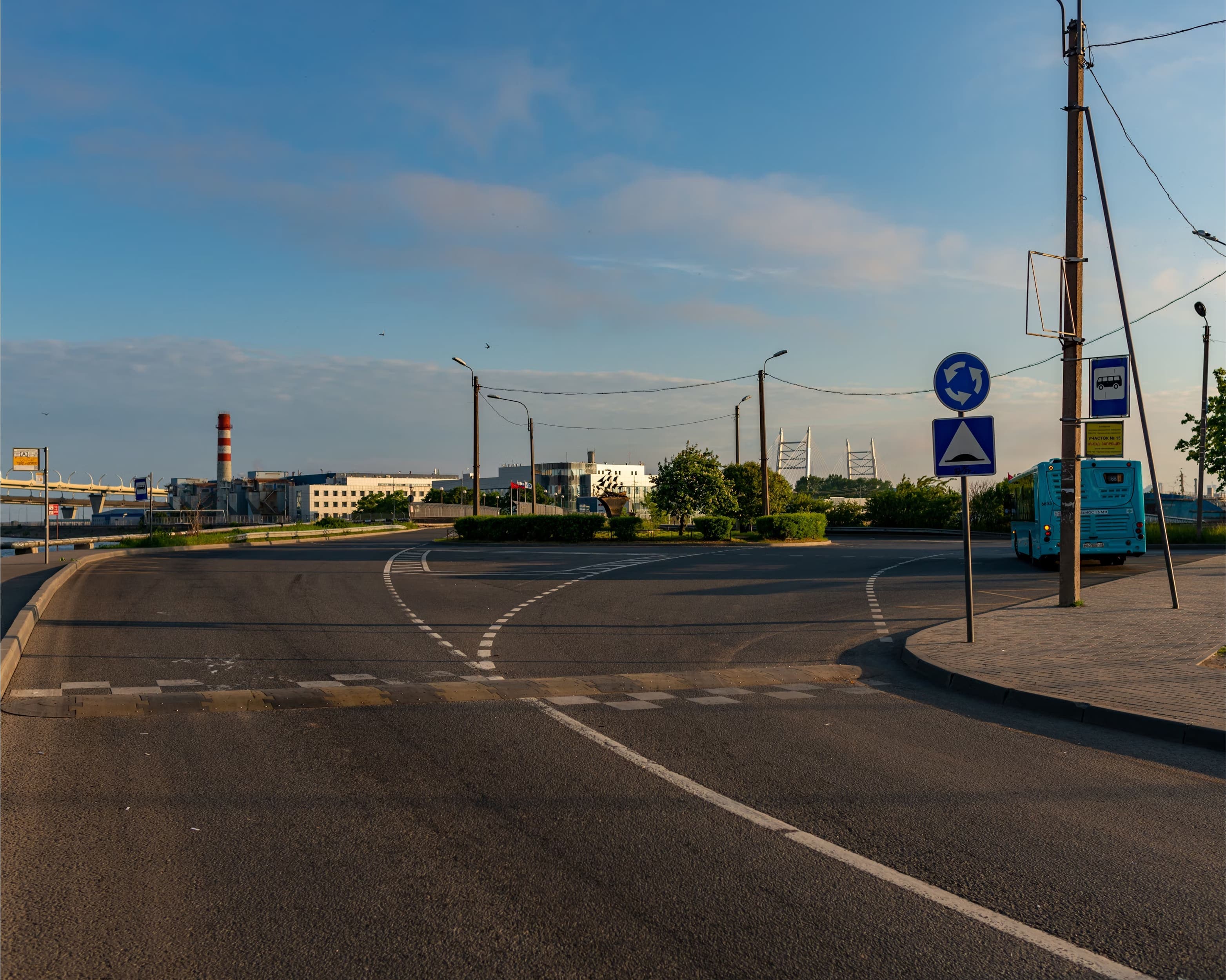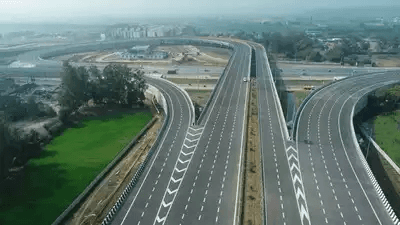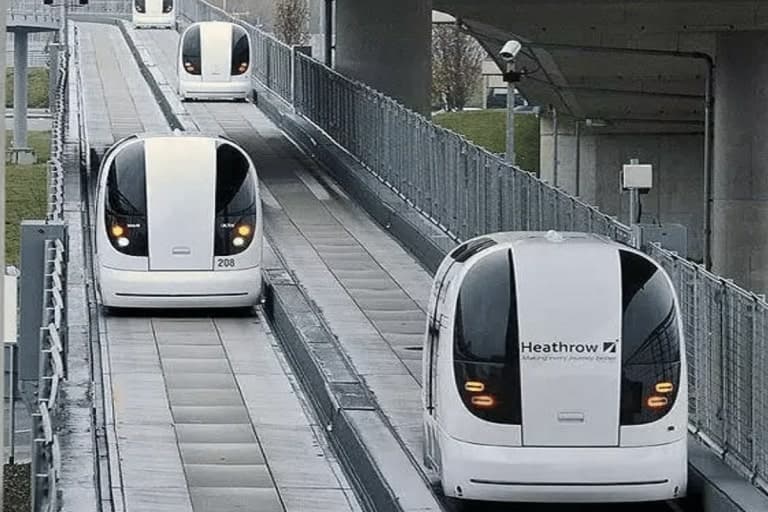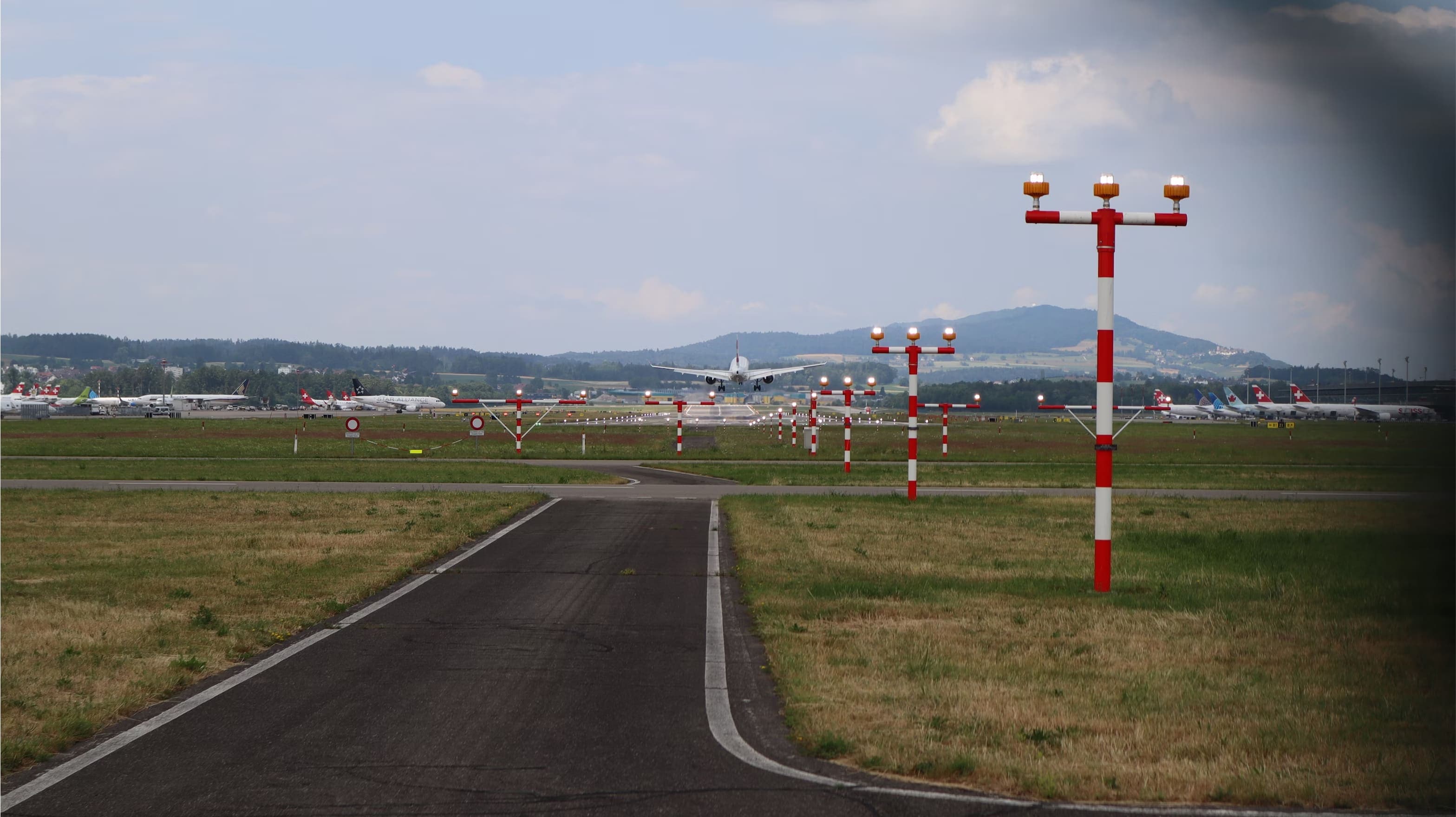FNG Expressway to Boost Connectivity in NCR: A Game-Changer for the Region

The Faridabad-Noida-Ghaziabad (FNG) Expressway is set to become a significant addition to the infrastructure landscape of the National Capital Region (NCR). This long-awaited project, which spans over 56 kilometres, aims to enhance connectivity between three critical cities in the region—Faridabad, Noida, and Ghaziabad. Once completed, the FNG Expressway is expected to decongest existing routes, reduce travel times, and spur economic activity across these regions.
As the project gains momentum, let’s dive into how the FNG Expressway will reshape connectivity in the NCR, examining key route details, future implications, and why this infrastructure development is poised to become a pivotal element of the region’s growth.
1. Key Route Details: A Comprehensive Network
The FNG Expressway is a well-planned arterial route designed to link Faridabad, Noida, and Ghaziabad—three crucial nodes in NCR’s economic and residential map. Here’s a breakdown of the expressway’s route and structure:
- Length: The expressway will cover approximately 56 kilometres, with about 19.9 kilometres in Noida, 8 kilometres in Ghaziabad, and 28.1 kilometres in Faridabad.
- Start Point: The expressway begins in Ghaziabad, passing through key areas like Indirapuram, which is one of the fastest-growing residential hubs in the region.
- Middle Stretch: The route moves into Noida, cutting through areas such as Sector 168, Sector 142, and Sector 150. These sectors are home to a blend of residential, commercial, and IT/industrial spaces, making the area an important economic zone.
- End Point: The expressway eventually connects to Faridabad, running parallel to the Yamuna River and joining several important highways like the Delhi-Mumbai Expressway and Kundli-Manesar-Palwal (KMP) Expressway.
What makes the FNG Expressway truly impactful is its ability to integrate multiple highways, expressways, and important corridors into a unified network, drastically cutting down travel times and simplifying logistics.
2. Beyond Basic Connectivity: Key Benefits of the FNG Expressway
While improving connectivity is one of the primary goals of the FNG Expressway, the broader implications of this project extend far beyond just shortening commute times. Here’s why the FNG Expressway is poised to have a profound impact on the region:

A. Decongesting Existing Roads
The expressway will provide an alternate route for commuters who currently rely on overcrowded arterial roads, such as the NH-24 (Delhi-Meerut Expressway), NH-2 (Mathura Road), and DND Flyway. By diverting traffic from these heavily congested routes, the FNG Expressway will ease pressure on existing infrastructure, improving traffic flow and reducing daily commute headaches.
B. Boosting Real Estate Development
The expressway’s route passes through several emerging sectors in Noida, Faridabad, and Ghaziabad. These regions are already seeing an uptick in real estate activity, and with the completion of the FNG Expressway, demand for residential plots, commercial spaces, and industrial zones is expected to surge. Areas like Noida Sector 150 and Greater Noida West will see new developments, making the area a real estate hotspot.
C. Increased Economic Opportunities
The FNG Expressway will significantly enhance the logistics and industrial sectors across NCR. Efficient transportation is vital for businesses, and with the improved connectivity that the expressway provides, companies will be more inclined to set up warehouses, manufacturing units, and distribution centres along the route. This will open doors for job creation and spur economic growth across the region.
3. Environmental Considerations and Sustainable Development
As the NCR continues to urbanise rapidly, sustainable infrastructure projects have become increasingly important. The FNG Expressway has factored in environmental considerations to ensure minimal disruption to the region’s ecological balance. Some key initiatives include:
- Green Corridors: The project has dedicated certain sections to green corridors, ensuring that trees and vegetation are planted along the route to offset carbon emissions and reduce air pollution.
- Waste Management Systems: Modern waste management systems will be installed along the route to handle the disposal of construction debris and future maintenance waste.
- Water Conservation Initiatives: By incorporating rainwater harvesting systems and ensuring that natural water bodies are not disrupted, the expressway’s design supports water conservation, aligning with sustainability goals.
These initiatives will not only mitigate the environmental impact of the expressway but also promote responsible growth in the NCR.
4. Futuristic Implications: What Lies Ahead for the Region?

The FNG Expressway is more than just another infrastructure project; it represents a significant step towards future-proofing the region’s growth. The broader implications of this expressway are vast, affecting everything from smart city initiatives to public transportation and beyond.
A. Integrated Public Transport Systems
The expressway will likely serve as a backbone for integrating public transport systems such as bus rapid transit (BRT) and metro extensions. This multi-modal approach will create a well-connected, cohesive transport network that can cater to the NCR’s growing population.
B. Smart Infrastructure and Tech Integration
The FNG Expressway will incorporate smart infrastructure solutions such as automatic toll collection, intelligent traffic management systems, and surveillance technology to ensure smoother and safer travel. As cities within the NCR move toward smart city initiatives, the FNG will play a key role in facilitating these advanced systems.
C. Catalyst for the Noida International Airport’s Growth
Located near the Noida International Airport (Jewar Airport), the FNG Expressway is expected to further boost the airport’s significance as a logistics and transport hub. The expressway will provide easy access for passengers and cargo transport to and from the airport, linking it directly to important industrial and residential areas. This connectivity will play a key role in the airport’s growth and cement its place as a cornerstone of NCR’s future infrastructure.
5. Challenges and Solutions
While the FNG Expressway promises a host of benefits, it is important to acknowledge potential challenges such as land acquisition, environmental clearances, and project delays. YEIDA and local authorities have been working to resolve these issues by streamlining processes and ensuring proper compensation for landowners, while also focusing on maintaining transparency during project execution.
By adopting modern construction methods, using prefabricated materials, and ensuring effective coordination between contractors and the government, project timelines are being managed efficiently to avoid major delays.
Conclusion: A Major Leap Forward for NCR’s Connectivity
The FNG Expressway is not just about connecting Faridabad, Noida, and Ghaziabad; it is about enabling a new era of growth, sustainability, and opportunity in the NCR. From reducing traffic congestion to spurring economic growth and improving real estate prospects, the expressway’s impact will reverberate across the region for years to come.
As the NCR continues to expand, infrastructure projects like the FNG Expressway will be essential in ensuring that this growth is not only sustainable but also inclusive, making it easier for businesses and residents to thrive in one of India’s most dynamic regions.


